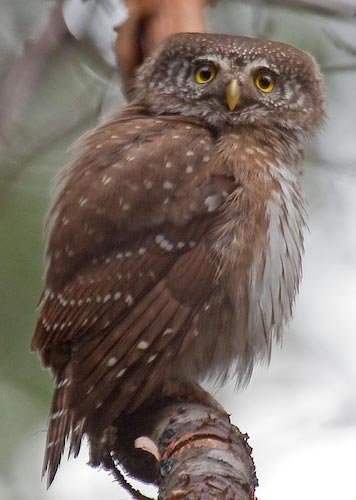Saxony

Birding Saxony
Saxony is a landlocked federal state of Germany, bordering the federal states of Brandenburg, Saxony Anhalt, Thuringia, and Bavaria, as well as the countries of Poland (Lower Silesian and Lubusz Voivodeships) and the Czech Republic (Karlovy Vary, Liberec, and Ústí nad Labem Regions). Its capital is Dresden, and its largest city is Leipzig. It is the tenth largest of Germany’s sixteen states, with an area of 18,413 square kilometres (7,109 square miles), and the sixth most populous, with 4 million people.
Saxony enjoys an abundance of bird life. More than 250 birds breed here or are occasional visitors. Many species are found only in certain regions or in specialised habitats, and some are extremely rare in Saxony. The regions described in brief below will give you an overall impression of the varied bird life in our state. First and foremost the extensive Erzgebirge (Ore Mountains) range, marking the border with the Czech republic, and its foothills, is especially suited for birdwatching all the year round. In addition to the heraldic bird of the Saxon Ornithologists’ Association the Pygmy Owl Glaucidium passerinum, several other owl and woodpecker species are plentiful in the forests here. Our exciting newest visitors, and hopefully breeders, are the Three-toed Woodpecker Picoides tridactylus and the Alpine Accentor Prunella collaris.
Also on the border with the Czech Republic, and designated as a trans-national National Park, are the Elbsandsteingebirge (Elbe Sandstone Mountains). The main characteristic of these deeply fissured sandstone mountains is its exceptional variety of forms in a relatively small area combining lowland plain, gorges, table mountains and rock formations with near-natural forest areas. The River Elbe carves its way through the low mountain range. The diverse habitats, each with its own micro-climate makes for an abundance and variety of flora and fauna. Saxony’s lowland regions also feature many lakes, reservoirs and ponds with a thriving resident waterfowl population and a lively migratory population in spring and autumn. Among the many species attracted to this region as passing are Grebes, Swans, Geese, Ducks, Plovers, Terns, and Gulls. The Osprey and the White-tailed Eagle are also well-represented.
Another, contrasting landscape, is the gentle wooded slopes of the “Valley of Castles”, hugging the curves of the River Mulde. The valley alternates between natural narrow canyons with steep wooded walls and broad cultivated meadows and pastures. Finally, the Dübener Heide (Dueben Heath) where lush meadows and rich heath and bog flora provide a home to a large number of birds, mammals and other fauna. A more detailed look at the individual regions of Saxony, with a commentary by local ornithologists and tips on “where to watch” particular species, will be added gradually to this page.
-
Number of bird species: 284
(As at March 2019)State Bird - Pygmy Owl Glaucidium passerinum
-
Verein Sachsischer Ornithologen
InformationSaxon Ornithologists` Society. The VSO is a society for avian science and protection of birds, founded in 1922 and organised the 4th conference of the European Ornithologists` Union conference in August 2003.
-
NR Dresden Heath
InformationSatellite ViewThe Dresden Heath is a large forest in the city of Dresden. Located in the northeast of the Saxon capital, the main part of the heath stretches from the city centre to the border of Dresden. -
NR Dubringer Moor
InformationSatellite ViewThe Dubringer Moor is a nature reserve (NSG) in the Bautzen district in northern Saxony. Dubringer Moor is an important breeding area for threatened bird species such as hobby, grey-headed woodpecker, woodlark, crane, red-backed shrike, bittern, black woodpecker, black kite, spotted crake, barred warbler, wryneck, nightjar and honey buzzard etc. -
NR Große Kranichsee
InformationSatellite ViewThe Große Kranichsee is one of the most important raised bogs (Hochmoore) under nature conservation in the Ore Mountains of Central Europe. -
NR Kleiner Kranichsee
InformationSatellite ViewIt is one of the most important raised bogs in the Ore Mountains of Central Europe.
